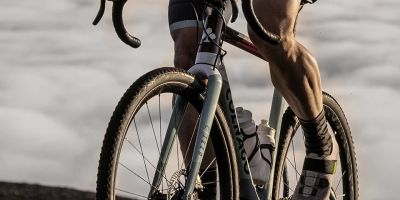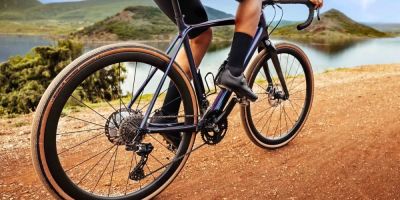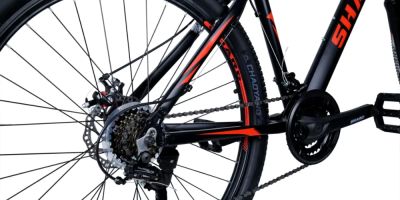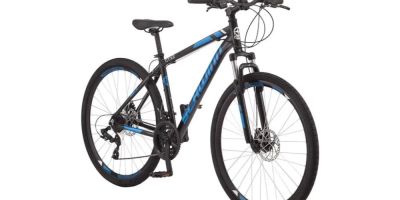1. Check Your Bike's Tires
One of the first things I always do when preparing my bike for a race is to check the tires. You’d be amazed at how many problems can arise from something as simple as under-inflated tires. A few months ago, I learned this lesson the hard way during a local 10k race. My tire pressure was too low, and I ended up losing valuable time because my tires couldn't maintain their grip on the course. Now, before every race, I check my tire pressure and make sure it's at the recommended level, which can usually be found on the side of the tire. For racing, I aim for a slightly higher PSI (pounds per square inch), as it allows for faster rolling and less rolling resistance on smooth roads.
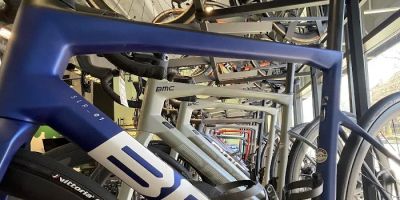
Conte's Bike Shop
3449 Wilson Blvd, Arlington, VA 22201, USA
2. Inspect the Brakes
Your brakes are your lifeline during a race, so it’s crucial to ensure they are in optimal condition. Before a race, I always check the brake pads to ensure they’re not too worn down. If they are, I replace them. I also inspect the brake cables for any signs of wear or fraying. During one race, I forgot to check the brake pads, and they started to squeak loudly halfway through the race, which was distracting and annoying. Additionally, I always ensure the brakes are properly adjusted so that they engage smoothly and efficiently. Test them by squeezing the brake levers and ensuring they don’t feel spongy, which can indicate air in the brake lines.

Bicycle Barn LLC
839 Reading Rd, East Earl, PA 17519, USA
3. Lubricate the Chain and Gears
Nothing slows you down more than a squeaky or stiff chain, and it’s something that can easily be avoided. Before my races, I always clean and lubricate my bike’s chain and gears. I use a degreaser to clean off any grime and then apply a high-quality lubricant. One key lesson I learned was not to over-lubricate. Too much oil on the chain can attract dirt and cause premature wear. I make sure to wipe off any excess so that the chain runs smoothly and quietly. This simple step has improved my performance during races by providing smoother gear shifts and reducing friction, which ultimately helps me conserve energy.
4. Tighten All Bolts and Screws
During a race, the last thing you want is your handlebars or saddle moving around. That’s why tightening all the bolts and screws is a critical step. Before every race, I go over my bike with a torque wrench and double-check all the bolts, including those on the handlebars, seat post, and wheels. I also make sure the pedals are securely attached. A few years ago, I had a handlebar come loose during a race because I didn’t tighten the bolts properly, which caused a dangerous situation. Now, I never skip this step, and I ensure that everything is securely fastened.
5. Check the Bike's Fit
A proper bike fit is essential not just for comfort, but also for performance. In my experience, a bike that is too big or too small can negatively affect your posture, efficiency, and power output. I always make sure that my saddle height is at the correct position—my knee should be slightly bent when my foot is at the bottom of the pedal stroke. I also adjust my handlebars so that my arms are comfortably extended without being too stretched out. Getting the fit right is crucial for preventing fatigue during long races, and it helps me avoid injuries.
6. Test Ride Before the Race
Before any big race, I always take my bike out for a test ride. This serves two purposes: it allows me to confirm that everything is functioning properly, and it gives me a chance to make any final adjustments. I usually go for a short ride the day before the race to check the tire pressure, brakes, and gears. If anything feels off, I can make last-minute tweaks, like adjusting the saddle height or tightening loose bolts. On one occasion, a small tweak to my brake lever made a huge difference in my comfort during a race, so the test ride is always worth it.
7. Clean Your Bike
Though it might not seem like an essential step, cleaning your bike before a race is important. Not only does it give your bike a polished look, but it also lets you spot any potential issues, such as cracks in the frame or worn-out parts. I typically wash my bike the night before the race, paying close attention to the drivetrain, tires, and brakes. After cleaning, I make sure to dry everything thoroughly, especially the chain, to prevent rusting. A clean bike will perform better and help you feel more confident going into the race.
8. Prepare Extra Gear
It's always a good idea to prepare some backup gear for race day. I usually pack extra tubes, a mini pump, and tire levers just in case of an emergency. I also carry some energy gels and a water bottle in my bike’s cage for hydration and energy. I learned this lesson during a race a few years ago when I got a flat tire, and I didn’t have any spare tubes with me. Since then, I’ve made it a rule to always be prepared. I’ve found that having these items on hand gives me peace of mind, allowing me to focus on the race rather than worrying about potential issues.
9. Stay Calm and Hydrated
Finally, preparation isn’t just about the bike itself—it’s also about you. Staying calm and hydrated before and during the race is key to performing your best. I make sure to hydrate well in advance, drinking plenty of water in the days leading up to the race. On race day, I drink small amounts of water throughout the morning to stay hydrated without feeling sluggish. I also take a few moments before the race to mentally prepare and focus. Getting your mindset right is just as important as preparing your bike, and it can make a huge difference when it’s time to race.

